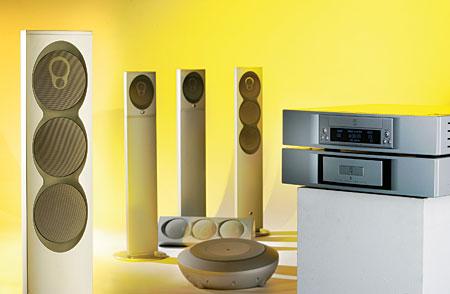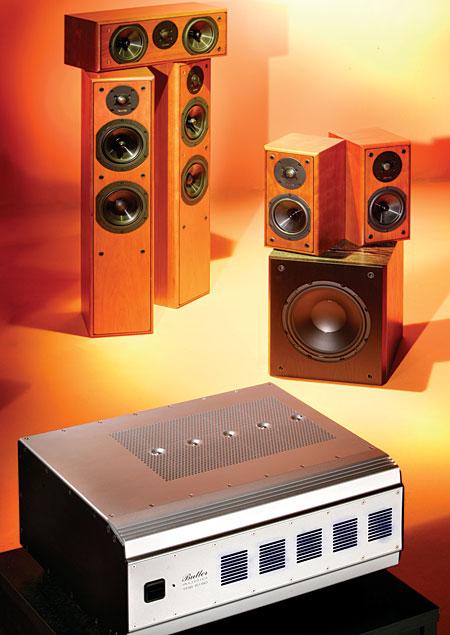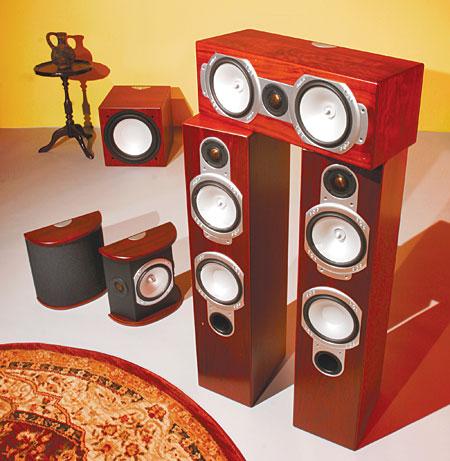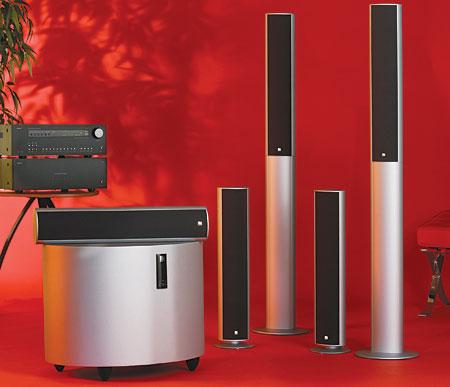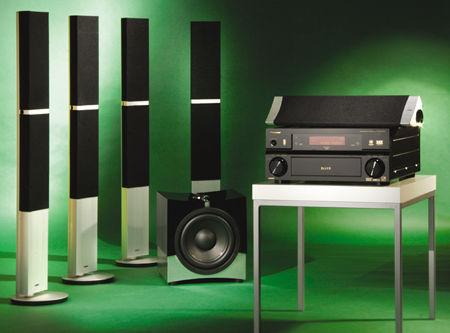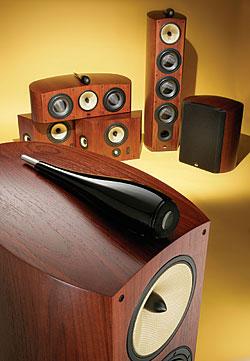Tower Speaker Reviews
Sort By: Post Date TitlePublish Date
|
Mar 12, 2006 |
|
Mar 10, 2006 |
|
Feb 14, 2006 |
First Published: Feb 15, 2006 |
|
Feb 14, 2006 |
First Published: Feb 15, 2006 |
|
Dec 24, 2005 |
|
Dec 18, 2005 |
|
Dec 12, 2005 |
|
Dec 03, 2005 |
|
Nov 22, 2005 |
|
Nov 17, 2005 |

